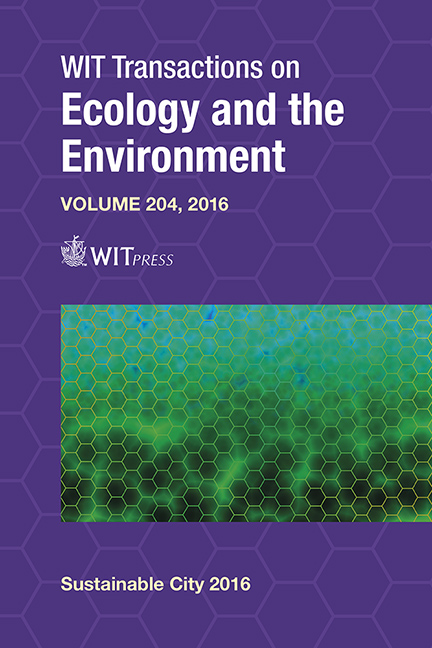The Importance Of Architecture Education For Disaster Mitigation
Price
Free (open access)
Transaction
Volume
204
Pages
12
Page Range
373 - 384
Published
2016
Size
621 kb
Paper DOI
10.2495/SC160321
Copyright
WIT Press
Author(s)
F. Özdoğan, D. Güney
Abstract
Natural disasters such as forest fires, oil spills, earthquakes and floods are a source of high economic, environmental and human impact. Every year, thousands of human lives are lost, millions of people bear the destruction of their homes and an invaluable economic harm is made. It has been estimated that a new big disaster arises every three days, whereas local and regional authorities must manage the thousands of emergencies that take place every year. Turkey is potentially an extremely hazardous place due to its geological state, topographic position and climate. Turkey is one of those countries that frequently experiences different crises such as natural disasters, terrorist attacks, and immigration caused by war and instabilities from neighboring countries. Turkey is also located on the Alp-Himalayan Fold Belt with 99 percent of the population, 96 percent of industrial areas, and 75 percent of the power stations in Turkey situated in places accepted as seismically risky. Thus, Turkey is economically vulnerable in terms of earthquake risk; for example, the financial impact on the Turkish economy from the Kocaeli earthquake in 1999 was estimated at $9 to $13 billion. Architects play important role in disaster mitigation and recovery after hazard events. Architectural design might prevent or decrease destructive consequences of disasters on structures. However, architect must have enough background for disaster mitigation. This can be succeeded during BSc education of architects. As part of the disaster preparation of architects, they must be fully aware of their responsibilities and liaison with relevant disciplines must be defined and properly organized. In this study, architect education system in Turkey is examined especially courses during undergraduate education are analyzed as qualitative and quantitative point of view. Collected data is analyzed and compared with developed and leading countries in disaster management. According to analysis results, proposals will be prepared for a better disaster management and mitigation strategy.
Keywords
natural disasters, mitigation, architectural education, damage, awareness, preparedness





